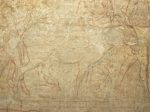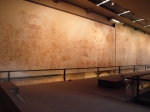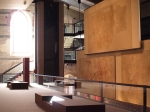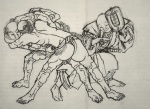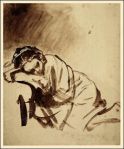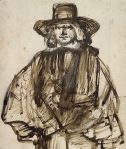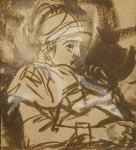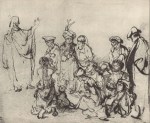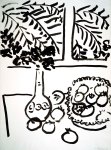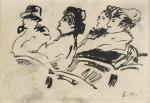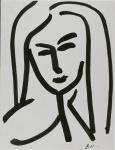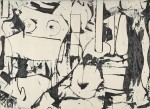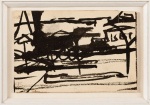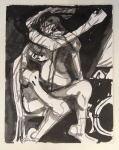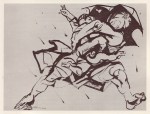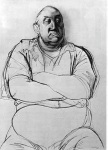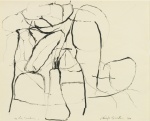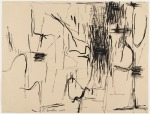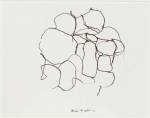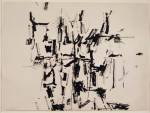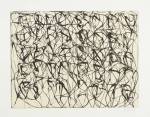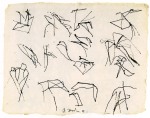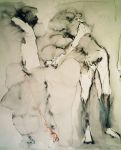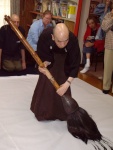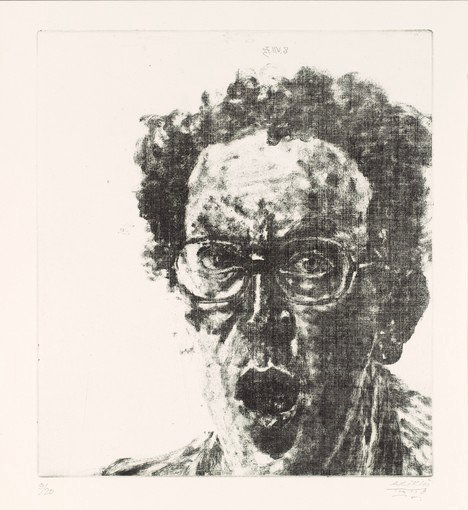From the sinopia drawings that served as preparatory designs for Italian fresco paintings, to the stream of consciousness drawings of modern abstraction, drawing with brush and ink or other liquid media has a long tradition and appears universally in both eastern and western cultures. Drawing with wet media can be challenging for students who are used to the traction and forgiving nature of a pencil or charcoal. Unlike drawing with dry media where you can endlessly probe, plan, measure and erase, wet media seem to have a will of their own. Once the mark is made there’s no going back. You’re committed. In eastern traditions brush drawing is an extension of long meditation on the subject, which includes not just the objects one is drawing but also a keen sense of the instrument’s nature. This is an idea that still bears up for anyone trying his or her hand at working with ink and brush. Like putting a bridle on a wild horse, it works better if you understand and work with the horse’s nature than if you try to impose your own will for absolute control. Let the brush have its way, guide it where you can, and be open to what can happen. The ride is often more exciting than the destination.
Tag Archives: ink
Brush Drawings
Filed under Practice
Avigdor Arikha
Avigdor Arikha (1929-2010) was a painter, printmaker and art historian, born in Romania to German parents. After losing his father in a concentration camp, Arikha took refuge in Israel after the war, eventually moving to Paris where he lived the remainder of his life.
In the 1960s Arikha visited an exhibition of Caravaggio (1571-1610), the painter whose brutally honest realism and dramatic use of light and shadow, began to put an end to the period in art history known as Mannerism that followed the Renaissance. For Arikha, the exhibition and its narrative of the history of Caravaggio’s time was an epiphany that led him to view his own time, the period dominated by Pop Art and the beginnings of what is now called “Post-Modernism,” as another incestuous Mannerist period. His solution was to abandon the abstract paintings that he was doing and to just draw directly from nature and always in one sitting. For eight years he did nothing but draw. Working with Sumi ink and brush was a favorite material. Later he picked up paints again but his subject matter was transformed.
Like Giorgio Morandi, another artist who turned his back on the dominant art form of his day, Surrealism, and returned to a direct study of nature, Arikha’s work has much to teach us about attitudes and motivations for art making. Arikha demonstrates what art can become when it stops striving for self-importance or cleverness; when it ceases to be made as an appeal to the “gatekeepers” of the so-called “Art World” and turns its eye and its hand instead to the private, and the personal.
Marlborough Gallery will be showing work from Arikha’s estate this month in New York. Many of the pieces were in his private collection. You can view work from the show at the Marlborough website, and in this special album, below.
Filed under Contemporary Artists, Events



